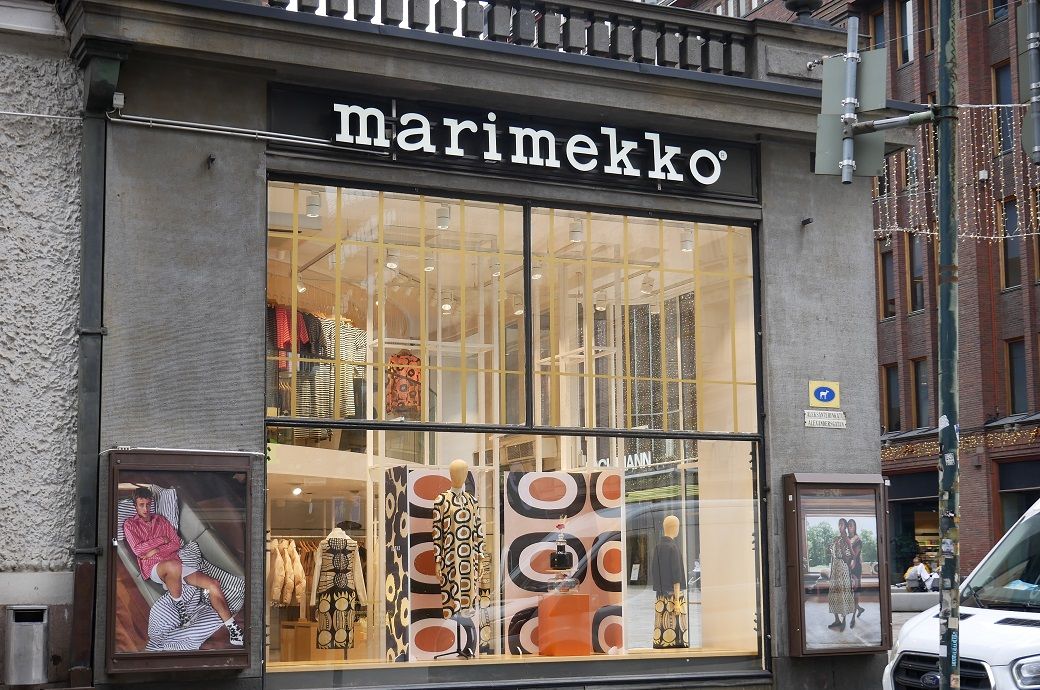
Operating profit improved to €6.3 million, with comparable operating profit at €6.5 million, representing 14.6 per cent of net sales. The gain was driven by higher sales and improved margins, partly offset by higher fixed costs.
Marimekko’s Q2 2025 sales rose 2 per cent to €44.5 million (~$51.88 million), with Finnish retail up 3 per cent and international sales up 1 per cent despite lower licensing income.
Operating profit increased to €6.3 million.
H1 sales grew 3 per cent to €84.1 million, driven by 7 per cent international growth.
The company expects higher 2025 sales and margins but warns of global and tariff risks.
For January–June 2025, net sales rose 3 per cent to €84.1 million. International sales increased 7 per cent, while Finnish sales were flat as retail gains offset wholesale weakness. Comparable operating profit declined to €10.9 million, or 13 per cent of net sales, due to lower margins and higher fixed costs, the company said in a media release.
CEO Tiina Alahuhta-Kasko highlighted sustained omnichannel retail growth, up 6 per cent in Q2, as evidence of brand resilience in challenging markets. Strategic collaborations—such as a global footwear line with Crocs, café partnerships with Blue Bottle Coffee in the US and Asia, a design tie-up with Artek, and a capsule collection with artist Laila Gohar—boosted brand visibility. Events included Milan Design Week, Copenhagen’s 3 Days of Design, Marimekko Day fashion shows in Helsinki, and the Field of Flowers exhibition in Asia.
Network expansion in Q2 included new stores in Osaka and Kuala Lumpur, an outlet in Espoo, eight Asian and Finnish pop-ups, and the launch of online stores in New Zealand and in German language. Post-period, Marimekko announced its first flagship store in Paris, opening autumn 2025, alongside pop-ups at Le Bon Marché and Galeries Lafayette.
For 2025, the company forecasts net sales to exceed 2024’s €182.6 million, with a comparable operating profit margin of 16–19 per cent. Risks include global economic uncertainty, geopolitical tensions, supply chain disruptions, and higher US tariffs—the latter affecting a small share of sales but increasing procurement costs. Plans call for 10–15 new stores or shop-in-shops, primarily in Asia, while licensing income is expected to fall significantly from last year’s record level.
Fibre2Fashion News Desk (KD)




